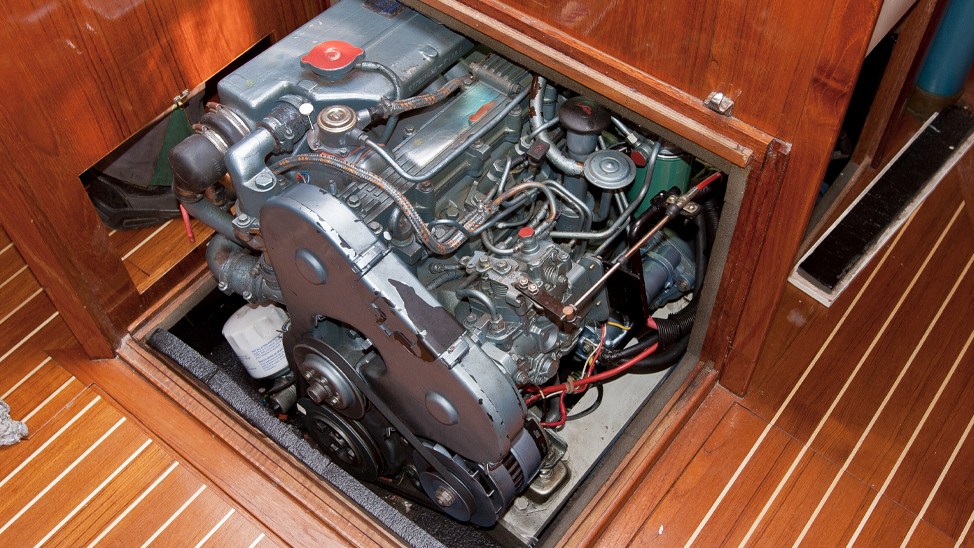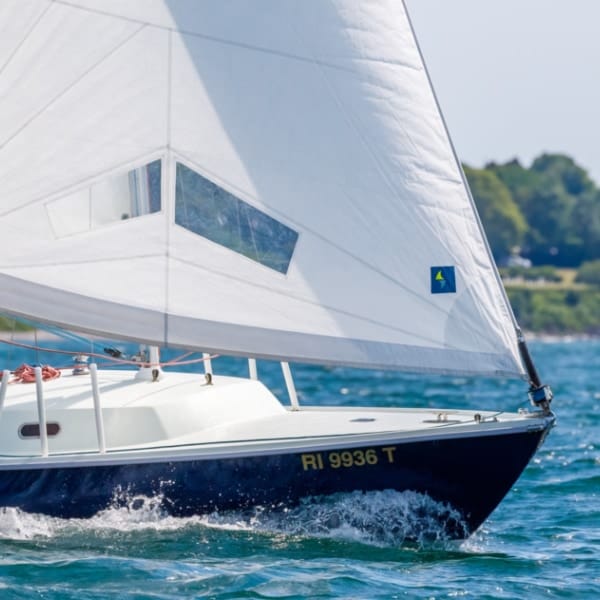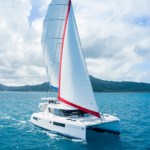My first boat was a Catalina 27. I loved that boat. That boat was exactly what I needed and fulfilled every dream of becoming a sailor. Except it had a finicky outboard motor. That 8-hp engine scarred me for life. I never knew if it would start. No matter how many mechanics worked on it, they could never find the issue that made it unreliable.
To this day, when I head to my boat (no longer a Catalina 27) I always have this feeling that my motor will not start. The fear of my day of sailing beginning with a big push out of the slip is real. If the current is running strong, I know it will be close to impossible to get out of the marina without some white-knuckle adventure that involves avoiding other sailboats and hoping for enough wind to get us out of the channel but not so much wind that we drift into my neighbors on the dock.
So, how do you deal with an engine not starting?
My Sailboat Engine Does Not Start – Now What Do I Do?
Sailing is a captivating and rewarding endeavor that allows individuals to connect with nature and challenge their skills on the open water. However, even the most well-maintained sailboats can encounter mechanical issues, and one of the most frustrating scenarios is when your boat engine refuses to start. Whether you’re a seasoned sailor or a beginner, knowing what to do when your motor doesn’t start can make all the difference in turning a potential disaster into a mere hiccup.
Stay Calm and Assess the Situation
When your engine fails to start, the first and most crucial step is to remain calm. Panicking won’t solve the issue; maintaining a clear head will help you tackle the problem methodically. Before diving into any diagnostics, take a moment to assess the situation. Is the weather a factor? Are you in a safe location? Is there any visible damage to the boat?
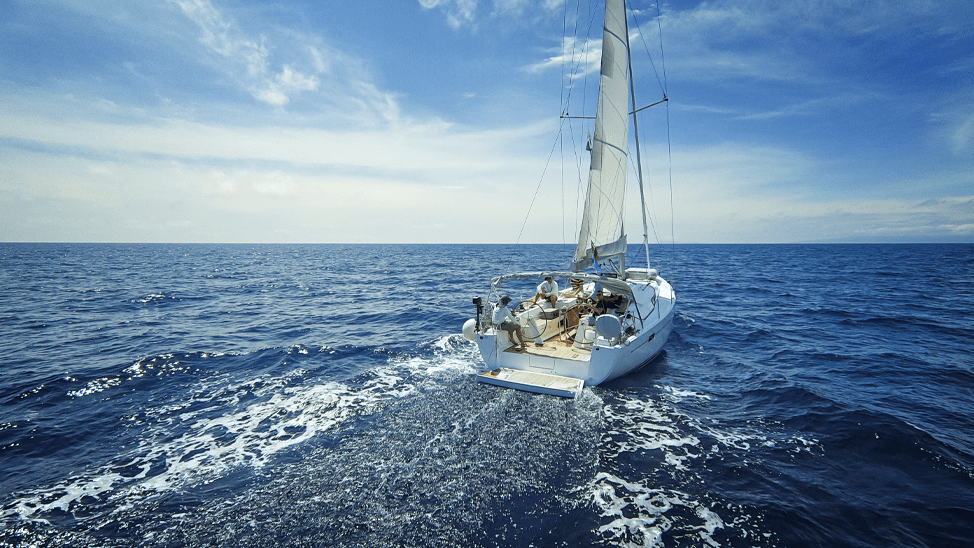
Check the Basics
Sometimes, the problem might be simpler than you think. Start by checking the basics:
- Fuel: Ensure that you have enough fuel in the tank. Sometimes, the fuel gauge might be inaccurate, so it’s better to rely on actual visual inspection or a dipstick.
- Battery: A dead or low battery is a common culprit. Check the battery connections for corrosion and make sure they are tightly secured. If your battery has gone flat, you might need to jump-start it.
- Ignition Switch: Verify that the ignition switch is in the correct position. It’s easy to accidentally turn it to the wrong setting.
Listen and Observe
When you attempt to start the motor, pay attention to any sounds or movements. Is the engine cranking? Is there a clicking noise? Noise can provide valuable clues about the nature of the problem. If the engine cranks but doesn’t start, it could be an issue with the fuel delivery or ignition system.
Troubleshoot Fuel Issues
If the engine is cranking but not starting, fuel-related problems might be the cause:
- Fuel Filters: Check the fuel filters for clogs or dirt that might be blocking the fuel flow.
- Fuel Pump: Listen for the sound of the fuel pump when you turn the ignition on. If you don’t hear it, the fuel pump might be faulty.
- Bad Fuel: If your boat has been sitting for a while, the fuel could have deteriorated or water might have entered the fuel tank. Consider draining the fuel and replacing it with fresh fuel.
Investigate Ignition and Electrical Systems
Issues with the ignition system or electrical components can prevent your motor from starting:
- Spark Plugs: Inspect the spark plugs for fouling or damage. If they are worn out, they might not create a strong enough spark for ignition.
- Distributor Cap and Rotor: If your boat has a distributor-based ignition system, check the distributor cap and rotor for wear and corrosion.
- Wiring: Examine the wiring for any signs of damage, loose connections, or corrosion. Faulty wiring can disrupt the electrical flow needed to start the engine.
Seek Professional Help
If you’ve gone through these steps and your motor still won’t start, it might be time to call for professional assistance. A qualified marine mechanic can diagnose and repair complex issues that might be beyond your expertise.
Encountering difficulties when your motor won’t start can be frustrating, but it’s important to approach the situation calmly and systematically. By following these steps to assess the situation, check basic components, troubleshoot fuel and ignition issues, and seek professional help when needed, you increase your chances of getting your boat back on the water. Remember, maintaining your boat regularly and keeping a toolkit onboard for basic troubleshooting can help prevent such situations and ensure you enjoy smooth sailing adventures.
Sailing the Boat to the Dock
Being aboard a sailboat when the engine fails to turn on typically means you will need to sail back to the dock or marina. Do you remember how to sail into your slip? It is wise to practice the art of docking under sail for the unforeseen moment when your engine decides to let you down. American Sailing offers a full course on docking, which includes the tips below and so much more!
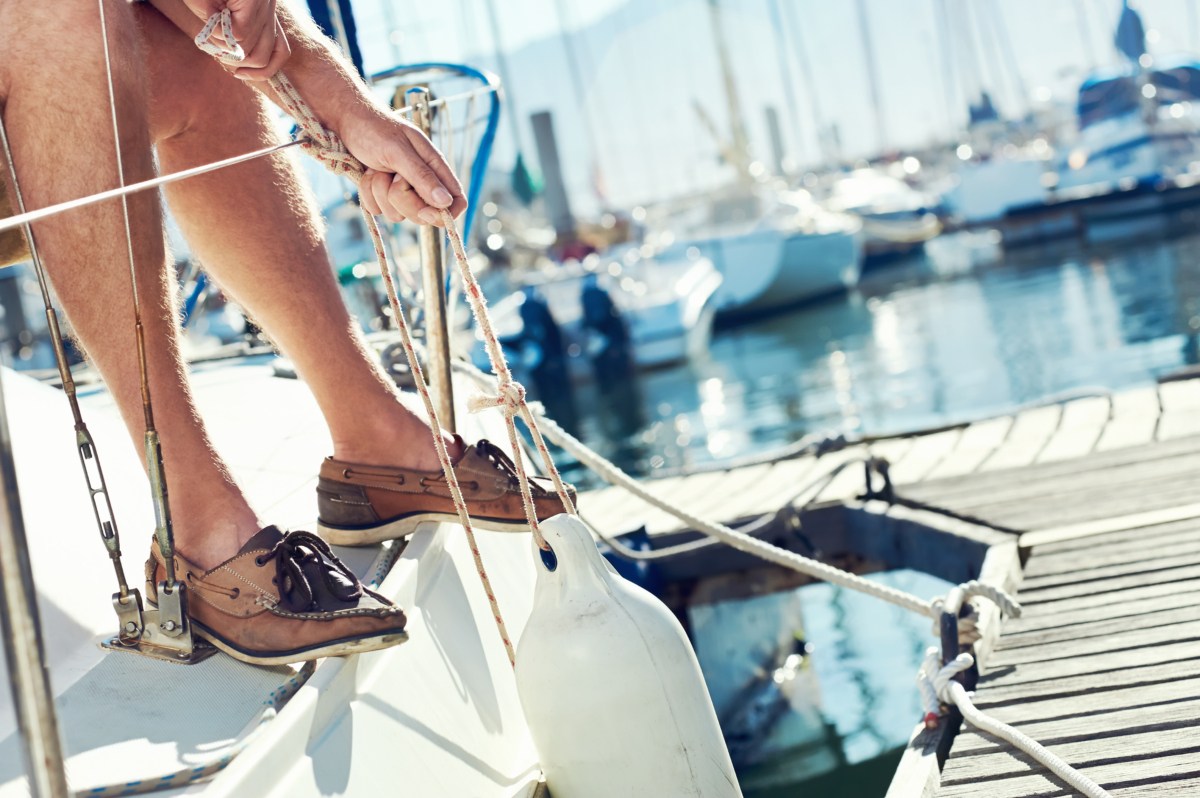
Tips to Remember When Sailing Back to the Dock:
- Docking under sail takes practice and knowing how your boat handles in a variety of conditions. If a procedure isn’t going as expected, the wisest move often is to abort, sail into clear water, and try again. If you don’t feel you can safely land at your chosen spot, find an alternative.
- Never try to stop upwind (or up-current) of a mark or a location you’re trying to target, because with no steering control, the boat will be blown onto it.
- Never, ever place any part of your body (like your hand) between the boat and any part of a dock or another boat. This rule applies to all boats, even lightweight dinghies. Let the boat suffer damage if need be. It can be repaired.
- If the wind is light and you are stopping short of your target, push back and forth with the tiller so the rudder works like a fish’s tail to keep the boat moving.
- Attempting to bring a boat to an abrupt halt by simply cleating the spring line or by pulling on it, can cause damage or hurt you. Take a wrap with the spring line around the cleat or a piling, but don’t hold it fast — ease it as you do a jibsheet off a winch. The friction between the sheet and the cleat (or piling) will absorb the boat’s momentum and bring it to a gradual stop as you apply increasing tension. Be ready to add another wrap around the cleat or piling if the spring line is pulling too hard to safely hold. This technique, called snubbing or surging, is very handy in maneuvers like docking.

